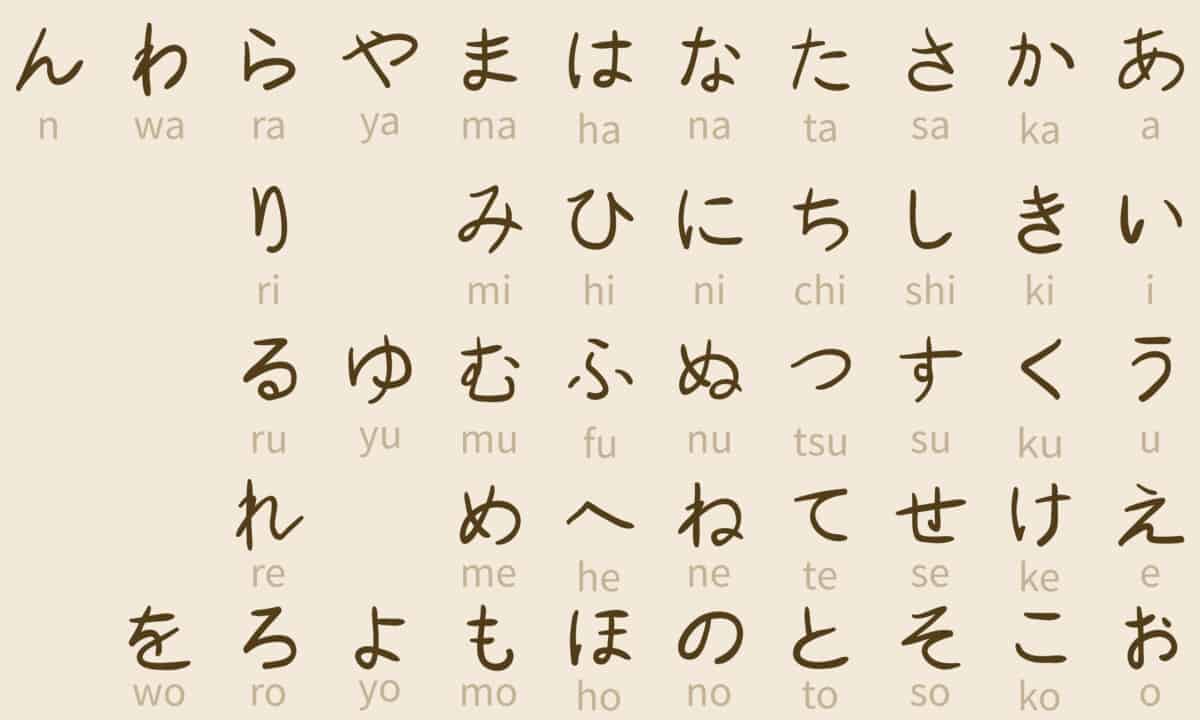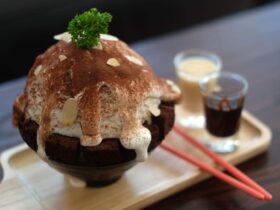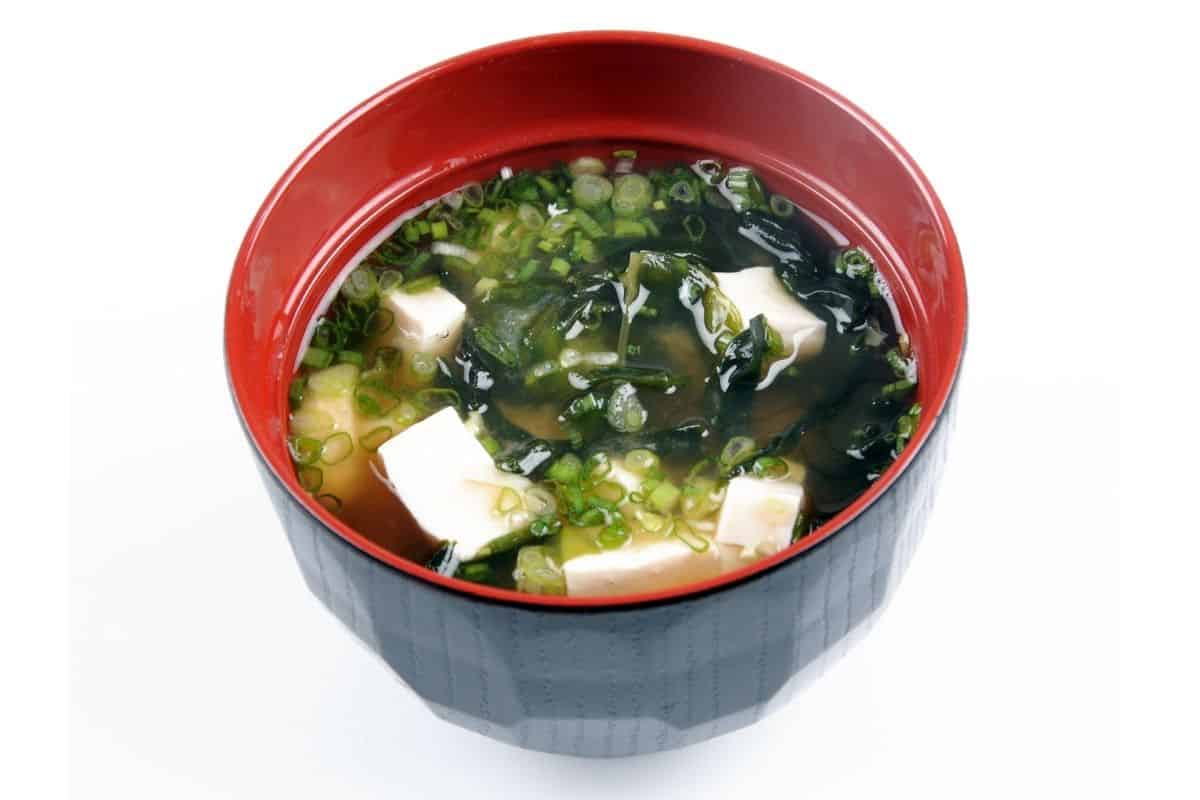The Japanese have developed a system of writing over the centuries that include four different styles of script.
Hiragana is one of these and is the one they start children with when they begin learning to read and write. Having said that, hiragana does come with its own intricacies, grammar rules, and syntax.
But, is it possible to learn hiragana in a few hours? Yes, it’s possible to learn this common Japanese script in a few hours. Now, you won’t be speaking and reading flawless Japanese in such a brief period of time. However, you will get a basic grasp of what the characters mean and how they function in the language.

A Primer on Japanese Writing
Hiragana (ひらがな) is the most useful and easiest for newcomers to learn. Actually, most native Japanese suggest starting with hiragana as a basis for learning all the other scripts. The other Japanese writing scripts are katakana (カタカナ), kanji (漢字) and romaji (ローマ字).
Developed around the 5th century AD, these scripts combine tradition and innovation based on the Chinese character system, called “kanji.”
Japanese scripts fall under the classification of “kana.” These are the syllabic graphemes essentially denoting the Japanese alphabet.
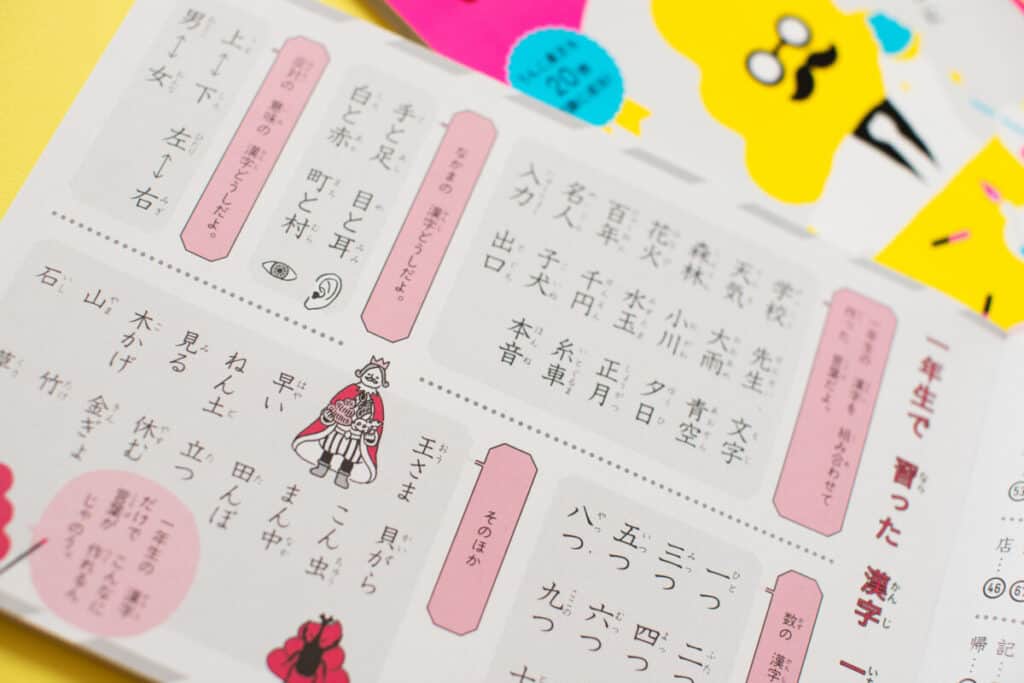
There are two sets of scripts derived from kanji: katakana and hiragana. Romaji is the romanization or western alphabetical spelling of Japanese characters.
History of Hiragana
Hiragana was originally a female script and given the sobriquet, “women’s hand.” Men used katakana and kanji.
But, today, everyone in Japan knows how to read and write in hiragana. However, names written in hiragana will almost always be girls’ names.
Hiragana’s Function
Contrary to popular belief, hiragana is not an alphabet but rather a syllabary. This means each character is indicative of a particular sound or syllable with a specific pronunciation.
Believe it or not, hiragana characters are easier than the English alphabet due to the visual illustration and phonetics being absolute.
In the English alphabet, some letters can take on different pronunciations depending on their use and placement in a word. This is not the same in Japanese hiragana: one character represents a single sound.
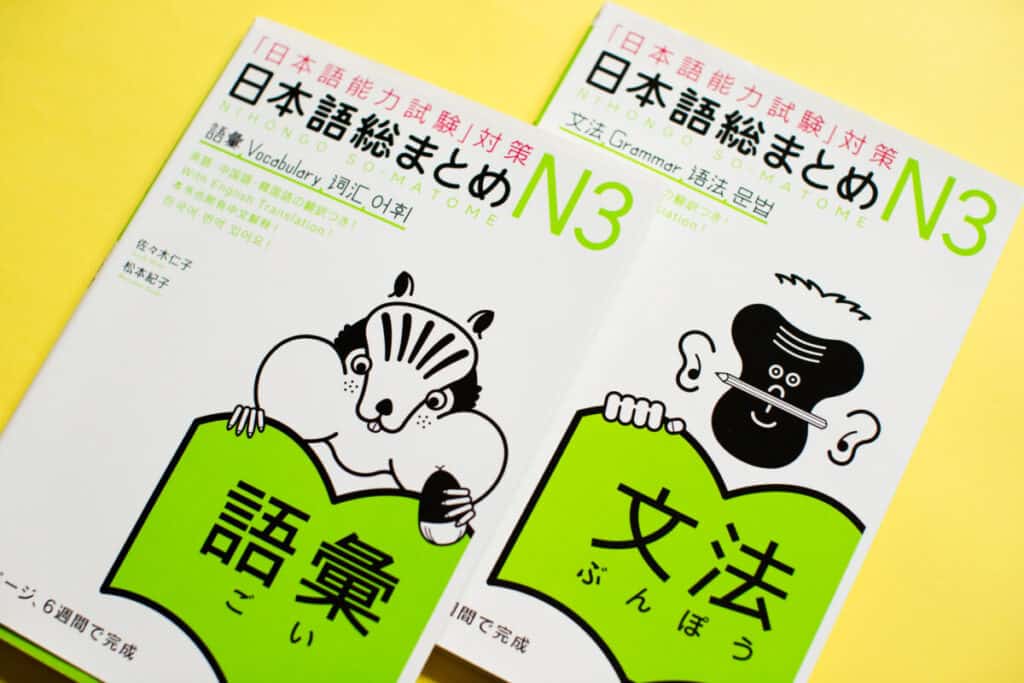
Learn Basic Hiragana
The chart below indicates the basic monographic layout for hiragana syllabograms. However, it’s important to understand there are changes in syntax and grammar called “digraphs” that expand upon the meaning and pronunciation.
But, to get started, study the characters and how they’re pronounced along with their English equivalents.
| Vowels → | A | I | U | E | O |
| Consonants ↓ | あ a {ah} | い i {ee} | う u {oo} | え e {eh} | お o {oh} |
| K | か ka {kah} | き ki {kee} | く ku {koo} | け ke {keh} | こ ko {koh} |
| S | さ sa {sah} | し shi {shee} | す su {soo} | せ se {seh} | そ so {soh} |
| T | た ta {tah} | ち chi {chee} | つ tsu {tsoo} | て te {teh} | と to {toh} |
| N | な na {nah} | に ni {ɲee} | ぬ nu {noo} | ね ne {neh} | の no {noh} |
| H | は ha {ha} | ひ hi {hee} | ふ fu {foo} | へ he {heh} | ほ ho {ho} |
| M | ま ma {mah} | み mi {mee} | む mu {moo} | め me {meh} | も mo {moh} |
| Y | や ya {yah} | – | ゆ yu {yoo} | – | よ yo {yoh} |
| R | ら ra {ɾah} | り ri {ɾee} | る ru {ɾoo} | れ re {ɾeh} | ろ ro {ɾoh} |
| W | わ wa {wah} | ゐ wi {wee} | – | ゑ we {weh} | を wo {woh} |
Phonetic Pronunciation Comparison
To illustrate how each character sounds, let’s go line by line starting with the vowels. The best way to pronounce them is to compare them with other English words that have a similar annunciation or sound. For clarity, words with extra letters will have an underline.
Vowels
- A あ {ah} – Short and brief like “ah,” “lah” or “nah.”
- I い {ee} – Long pronunciation akin to “easy,” “breeze” or “need.”
- U う {oo} – Long double “o” like “hoot,” “tool” or “mood.”
- E え{eh} – Short as in words like “member,” “never” or “heaven.”
- O お {oh} – Short like “oh,” no” or “low.”
Consonants
As you move down the table, take note of the English consonant along with the addition of the corresponding vowel to make a new character.
K
- Ka か {kah} – It will carry a similar pronunciation as words like “combination,” “convict” or “comic.”
- Ki き {kee} – Sounds just like “key” but also “keen” or “keep.”
- Ku く {koo} – Very much akin to words like “cuckoo,” “coop” or “cocoon.”
- Ke け {keh} – An English equivalent could be “Kentucky,” “kept” or “Kent.”
- Ko こ {koh} – Compare to how it sounds with words like “covert,” “coed” or “code.”
S
- Sa さ {sah} – Often taking on the same annunciation as “samba,” “saliva” or “savannah.”
- Shi し {shee} – Sounds just like you say “she” in English but it’s also comparable to “sheet” or “sheen.”
- Su す {soo} – This has the same annunciation as in words such as “sue,” “soon” or “soup.”
- Se せ {seh} – Think of the sound being similar to “sense,” “settle” or “sent.”
- So そ {soh} – It sounds the exact same as “so” in English, but with a slightly exasperated “h” on the end. Compare it words like “soap,” “also” or “soda”
T
- Ta た {tah} – The English equivalent for this sound would be something like “tantamount,” “tar” or “tom.”
- Chi ち {chee} – This has the annunciation to words such as “cheese,” “cheat” or “cheap.”
- Tsu つ {tsoo} – Because English doesn’t have an equivalent for this character, most people will recognize the pronunciation of the word, “tsunami.”
- Te て {teh} – Annunciated in a similar way as “tether,” “temper” or “test.”
- To と{toh} – Sounds like the English word for “toe” or “tow.”
N
- Na な {nah} – Compare the sound to “savannah,” “knob” or “nana.”
- Ni に {ɲee} – Sounds just like “knee” in English as well as “need” or “knead.”
- Nu ぬ {noo} – Pronounced just like “new” or “knew” in English.
- Ne ね {neh} – Sounds similar to words such as “never,” amenable” or “net.”
- No の {noh} – Pronounced the same as “no” in English with a slight aspiration at the end.
H
- Ha は {hah} – Sounds just like “ha” in English.
- Hi ひ {hee} – Annunciated the same as “he.”
- Fu ふ {foo} – Compare this to words like “food” or “fool”
- He へ {heh} – Sounds similar to “head,” heaven” or “hep.”
- Ho ほ {hoh} – Akin to the sound Santa makes at Christmastime, “hohoho.”
M
- Ma ま {mah} – Pronounced just like “ma.”
- Mi み {mee} – Pronounced just like “me.”
- Mu む {moo} – Same sound a cow makes, “moo.”
- Me め {meh} – Sounds like “men,” “melon” or “amend.”
- Mo も {moh} – Annunciated in a similar fashion as “moan,” “moment” or “most.”
Y
- Ya や {yah} – Pronounced a lot like “jambalaya.”
- Yu ゆ {yoo} – Sounds just like “you” or “yew.”
- Yo よ {yoh} – It’s the same as saying “yoyo.”
R
- Ra ら {ɾah} – Iterated similar to “aura,” “flora” or “agora.”
- Ri り {ɾee} – Compare it to the pronunciation of “free,” tree” or “creep.”
- Ru る {ɾoo} – Sounds similar to “brood,” “rude” or “grew.”
- Re れ {ɾeh} – Pronounced much like “rennet,” “reputation” or “rent.”
- Ro ろ {ɾoh} – Sounds akin to “roe” or “row.”
W
- Wa わ {wah} – Annunciated similar to “water,” “wash” or “wander.”
- Wi ゐ {wee} – Pronounced just like “weep,” “wean” or “weird.”
- We ゑ {weh} – Sounds something akin to “weather,” “weapon” or “went.”
- Wo を {woh} – Pronounced the same as “woe” or “whoah.”

